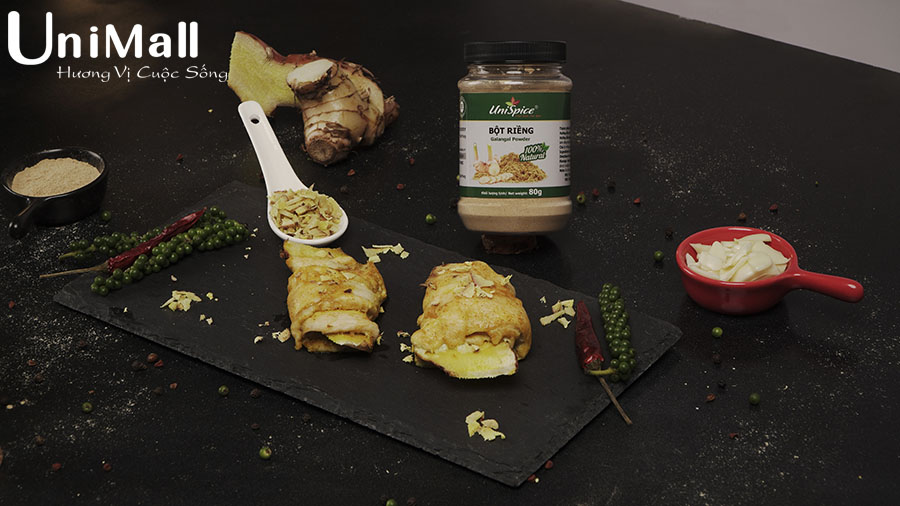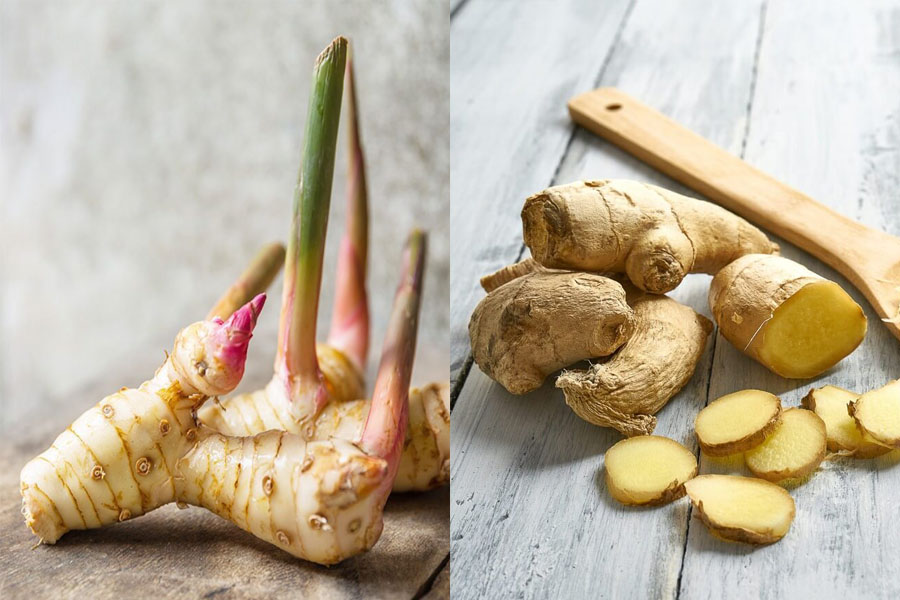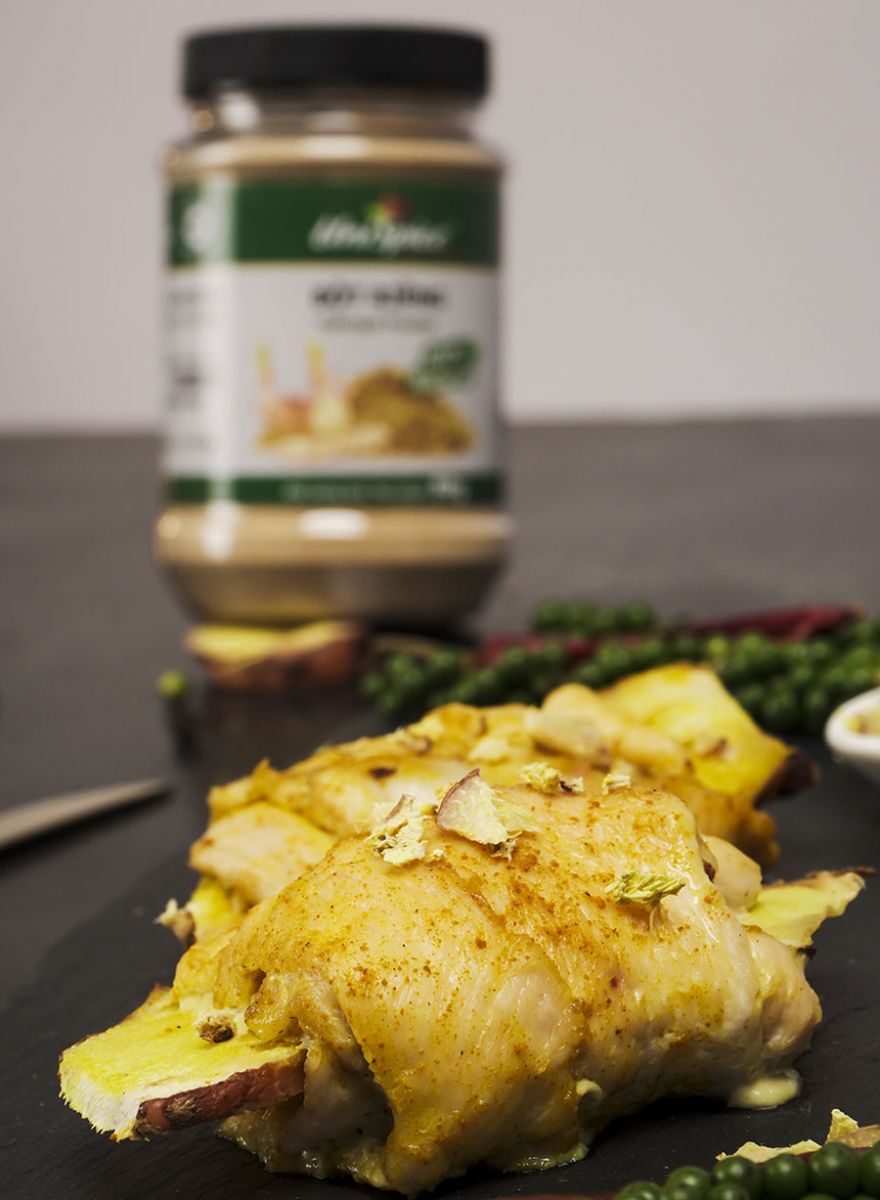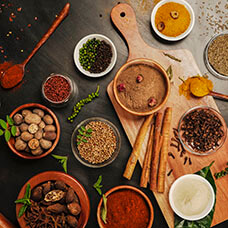
Distinguish galangal root and ginger root? Delicious cooking tips with galangal
Galangal is a type of tuber familiar to most Vietnamese people. Along with ginger, galangal is widely used in processing, bringing delicious flavor to many dishes. However, not everyone realizes the difference between ginger root and galangal root. This article will help you distinguish these two types of tubers, along with suggestions on how to cook deliciously with galangal.
An overview of galangal root

Galangal is a tuber in the same family as ginger, grown mainly in Southeast Asian countries. Galangal root is a herbaceous plant that can grow up to 2m tall. The leaves of galangal are lance-shaped, with a pointed tip and green color. Galangal flowers usually bloom in May-August, growing on the top of the tree. Galangal roots grow horizontally, bulging into tubers. When galangal tubers turn pale yellow, they can be harvested and used.
What is the difference between ginger root and galangal root?
To distinguish ginger root and galangal tuber, you just need to rely on the following basic characteristics:
Shape features:
When young, galangal tubers are red-brown, when ripe, they turn pale yellow. The tuber is divided into several segments with different stimuli, thin scales cover the outside and have a light aroma. The stem of galangal is somewhat tougher than that of ginger. When ripe, galangal has a white or pale yellow intestine, dense, and contains many fibrous fibers.

Ginger root is divided into many branches, irregular sizes. Ginger has a thin outer skin that is also pale yellow. The ginger intestine is dark yellow, when young, there will be more powder. When ginger is old, the intestine will have more fiber.
Flavor characteristics:
Ginger and galangal both have a characteristic pungent smell. But compared to galangal, ginger has a sweeter and slightly spicy taste. Meanwhile, galangal root is only slightly spicy and has more aroma.
How to use galangal root in cooking?
Galangal root has a very specific aroma, heat properties, so it is very suitable when used for welding materials such as duck meat, crab, bran, ... That's why galangal root is an indispensable natural spice for food. Crab soup, fish soup, roasted duck with galangal, braised fish,... One of the outstanding dishes, when cooked with galangal root, is imitation civet pork. The dish is loved by many people because of its attractive taste and impressive color.

Those are the dishes people usually cook with galangal root. But few people know that other parts of galangal such as leaves, flowers, and fruits can be used in cuisine. Galangal leaves are pounded, drained, and soaked in water with glutinous rice to create beautiful green color for Banh Chung. The most special is galangal bamboo shoots, in some places also called galangal sprouts. In early spring, mid-summer, or early autumn, old galangal roots often appear separate shoots of pale pink, undeveloped leaves, pointed tips, usually 20-25cm high. Ethnic highland people in Dien Bien area use galangal bamboo shoots for salads or mannequins, thanks to its crispiness as well as its mild sweetness. It is the idea of combining galangal bamboo shoots in vegetable dishes that brings a rustic flavor, helping the meal to be less boring.
Thus, besides the health benefits, galangal root is also known for many delicious dishes imbued with local identity. Not only is it used to marinate, but using galangal or galangal powder when processing will help the dishes taste better and stimulate the taste buds.
See more:








